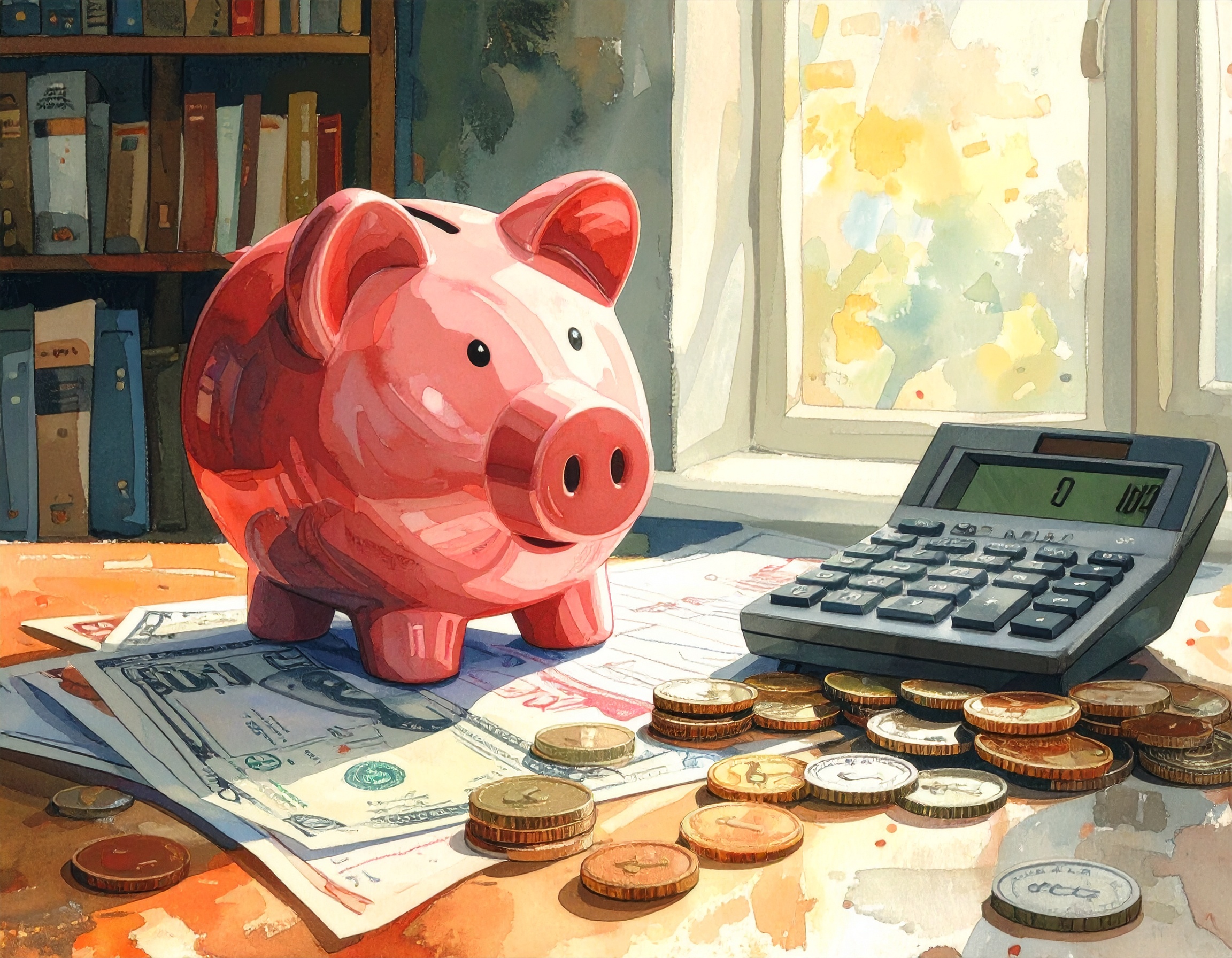
At Wise-Wallet, personal finance is a journey.
Read MoreCorrect! Let's Move On!
Bankruptcy’s conceptual tradeoffs (first half). Bankruptcy is a legal process that can discharge or reorganize certain unsecured debts, providing relief when obligations become unmanageable. Conceptually, it can eliminate many unsecured obligations (credit cards, some personal loans), but it typically carries long-term credit consequences: public records, lower credit scores, and limited access to new credit for several years. It’s not a one-size-fits-all fix and does not erase all obligations — many types of debt (certain tax debts, child support, and some student loans) often remain except under narrow exceptions. Because outcomes vary by jurisdiction and by the type of bankruptcy or chapter chosen, think of bankruptcy as a tool that resolves debt in exchange for future credit limitations and other potential collateral consequences (such as loss of secured assets if you stop paying).
When to consider and what to evaluate next (second half). Bankruptcy is usually a last resort after reasonable alternatives — negotiation, consolidation, credit counseling, structured payment plans — have been explored. If you’re considering it, gather detailed documentation, speak with a qualified bankruptcy attorney or a nonprofit credit counselor for a conceptual overview (not legal advice here), and weigh the impact on housing, employment licensing (where relevant), and future borrowing. Consider whether restructuring, selling nonessential assets, or negotiating lump-sum settlements produces a better overall result. If bankruptcy proceeds, know that rebuilding credit is possible over time with prudence: secured credit cards, on-time payments on any remaining obligations, and steady savings can start restoring creditworthiness over years.
By Quiz Coins
Wells Fargo was founded in 1852 and used stagecoaches to carry gold, mail, and cash across the American West.

Pick cards to match your life: cashback for simplicity, travel cards for frequent flyers who use perks, and balance-transfer cards to crush debt — then automate, pay in full, and track value.
Read More
Build a simple, automatic emergency fund by choosing a target, automating transfers, and using low-effort saving hacks — no spreadsheets required.
Read More